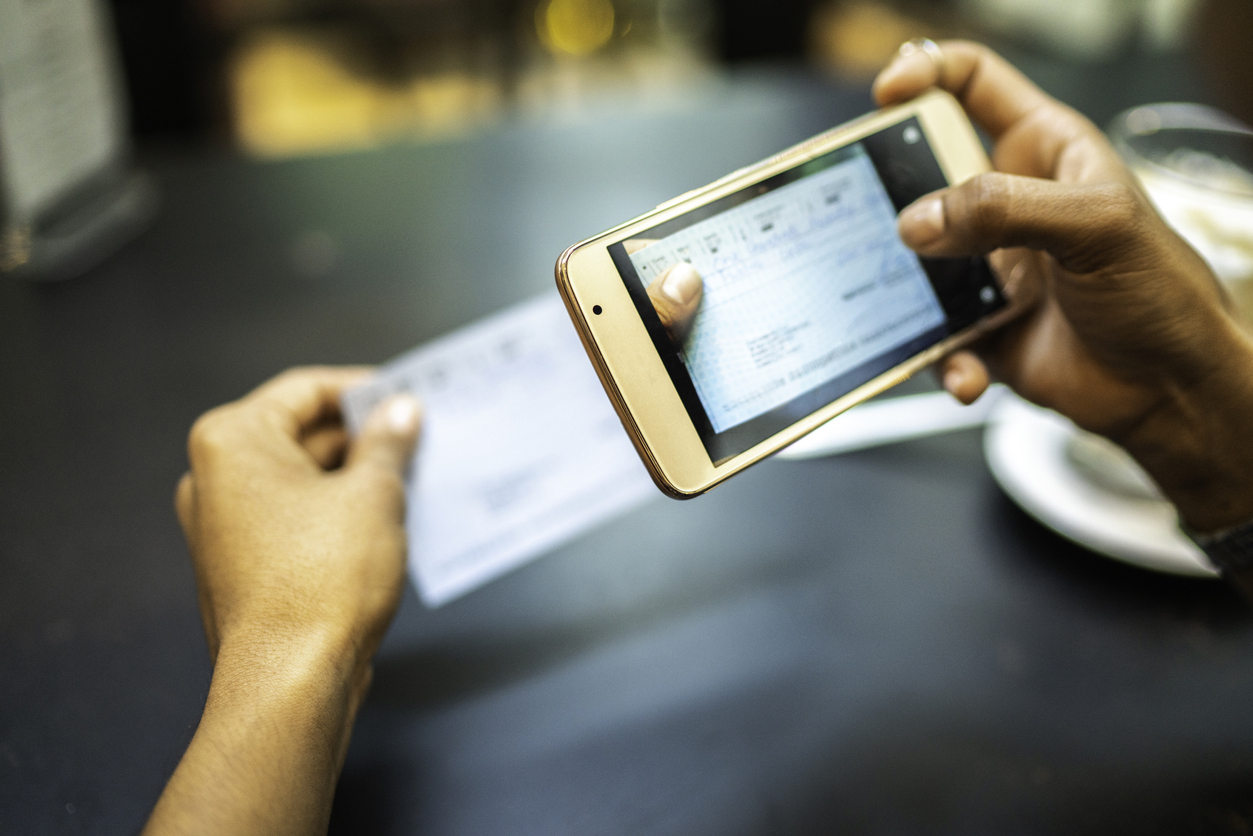
In light of the novel coronavirus outbreak (COVID-19), the banking industry is trying to find ways to navigate effectively and keep things business as usual. But while the economy is making small steps to get back to normal and the stock market has seen some repair from its massive loss in March, the banking industry has already seen major changes in the wake of COVID-19.
Mergers that were on schedule to be completed have now been put on hold or cancelled altogether; major banks like Bank of America are offering customers deferred or partial payments on things like auto loans and housing payments; and the idea of going completely cashless moving forward is becoming more and more of a reality.
This new way of living and working and banking is being forced upon everyone now, turning life into a completely digital landscape. By implementing completely digitized customer transactions, banks can help ensure that both simple and everyday tasks and exceptional processes will be executed without disruption.
Challenging Traditional Banking
Alternatives to in-person banking have become increasingly more common in recent years with innovations like online and mobile banking (think depositing checks through your phone). But with COVID-19, the idea of phasing out in-person services has now turned into an immediate reality.
The World Health Organization (WHO) has advised customers to use contactless payment and avoid handling cash as much as possible. The reason why is because the virus may continue to live on dollar bills for days, which will only continue the spread of the virus. Banks, customers, and local governments alike are weighing the risks associated with in-person services and opting for digital outlets whenever they have a choice.
According to the Centers for Disease Control and Prevention, individuals have been advised to practice social distancing (at least six feet apart from each other) to slow the spread of the virus. And while this method has proven to slow the spread, it may not be possible in some banking locations. During such times as lunch rushes, long lines can stretch out the door as it is, so having people stay six feet apart would potentially create a bigger jam.
What’s more, some people may be capable of spreading the disease even before they show symptoms, such as coughing, sneezing, or sore throats.
What this means for banks is the potential of having to limit how many people can visit a branch or how many appointments with loan advisors can be made, upending the traditional banking visit altogether.
A Movement Toward Digital Banking
Mobile banking has seen a rise in recent years, but with the spread of COVID-19 it has been thrust into becoming the new normal. Bank agents are providing real-time guidance by phone or video call, helping customers accurately complete the entire banking process. Customers no long have to worry about paying a potentially stress-induced visit to a branch and can get the help they need right from the comfort of their own couch.
But while this sounds like the right alternative to in-person banking and more user-friendly, it can present a number of potential risks. With a more digitally dependent system comes the higher risk for cybersecurity problems.
Having a cybersecurity plan, including cybersecurity liability insurance and updated network security, can help banks from falling victim to more data breaches and issues related to digital hygiene. Having cybersecurity liability coverage can protect banks from escalated issues related to phishing and denial of service attacks, and focus on keeping financial records and bank account data safe.
About Financial Guaranty Insurance Brokers
Since 1983, Financial Guaranty Insurance Brokers has distinguished itself as a provider of Professional Liability, Cyber Liability, and Crime insurance products for entities of all types. To receive timely, personalized service from a knowledgeable and experienced staff, call us today at (877) 485-4413 to speak with one of our professionals.


